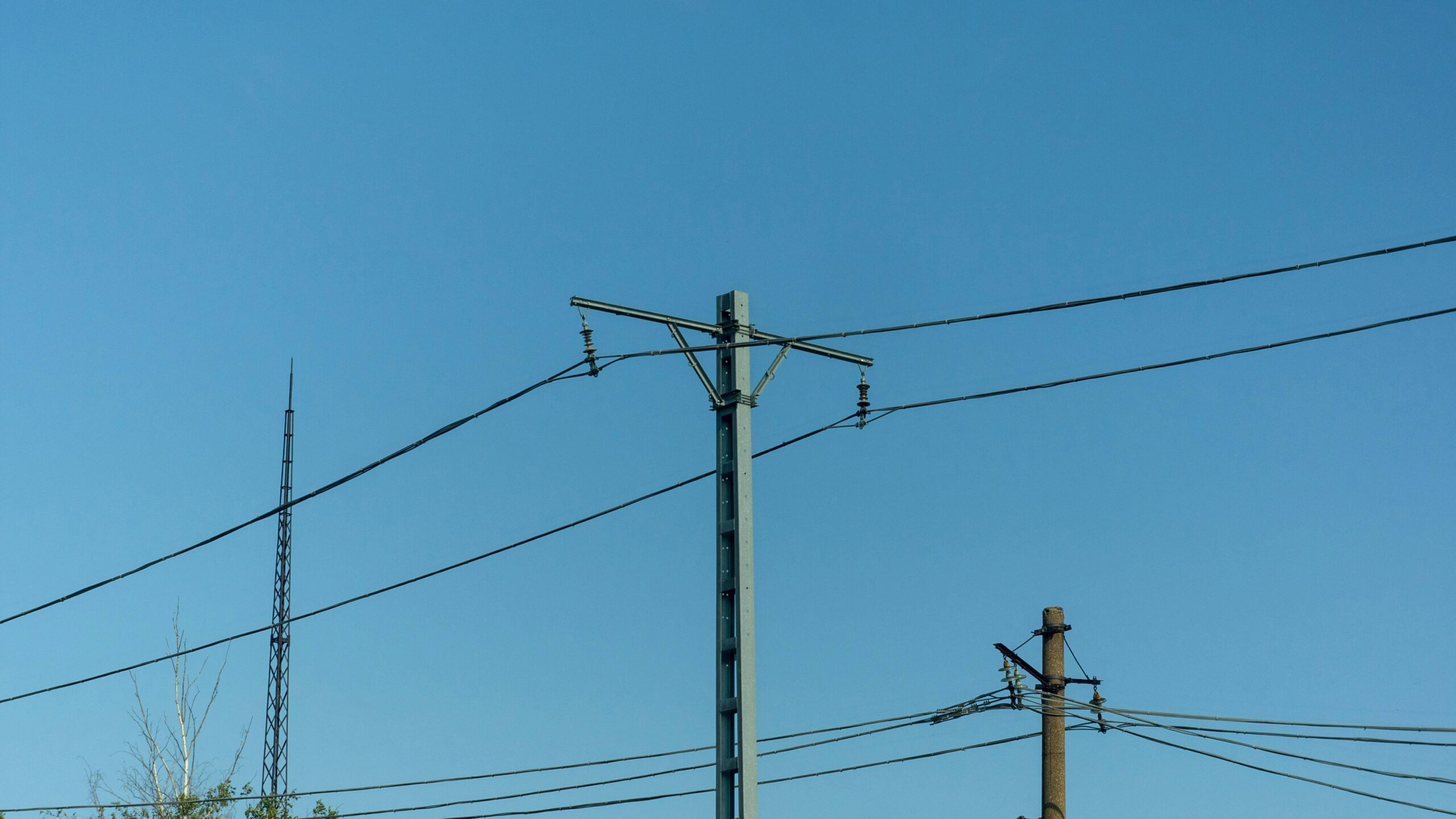Did you know that there are approximately 150 million preserved wooden utility poles in service across US and Canada that deliver electricity and telecommunication service to millions of homes and businesses?
These power distribution poles, either of wood, steel, or concrete, are the sole reasons behind a sufficient supply within a region. But with advantage comes the responsibility to maintain these poles for longevity and safety.
The Environmental Protection Agency (EPA) issues safety standards and protocols that regulate the chemicals and methods for the treatment of these poles to lessen employee and environmental security concerns.
So, let’s get to know the essential parameter that you can’t ignore during the maintenance and storing of these poles.
What are Utility Poles?
A utility pole, or most commonly a transmission pole, telephone pole, power pole, hydro pole, electricity pole or telecommunication pole, is a vertical support system that holds power lines. These power lines could be for electricity, internet, telecommunication or more, depending on the needs of the area.
Typically, there are three types of these poles, including
- Wooden utility poles
- Steel poles
- Concrete poles
The wooden ones are widely used as they are the most economical. Their deployment is easy and fast as these are generally lightweight and don’t require much labor. While chemical treatment is given to such poles to resist decay, insects, and weathering.
If you prefer a more durable option, steel ones are the go to option. These are stronger and more long-lasting than wood. They can resist rot and pests but can’t stand with rust and corrosion without protective coatings.
The third feasible option is a concrete built pole. These are a bit towards the costly side but are highly enduring and resistant to environmental factors. While transportation and installation are still challenging for this type of pole.
Why Utility Pole Treatment Is Necessary?
Wooden poles face severe environmental conditions, such as decay due to infestation with insects and weather damage. Then the damaged pole can cause structural failures and costly replacements. This concern arises the need to configure a better treatment process for such kind to make their lifespan longer.
Having said that, certain chemicals are used with careful instructions to prevent rot, fungi, and termites. Pole manufacturers need to follow the rules set by the industry, including those of the American Wood Protection Association (AWPA), which govern recognized preservatives and treatment processes in order to conduct an effective pole treatment.
EPA Regulations on the Treatment of Poles
These regulations focus towards handling wood preservatives provided that wooden poles are safe for workers, the surrounding ecosystems, and public health.
These rules are important for factors like:
- Treated utility poles can release preservatives into the soil and water, potentially affecting nearby ecosystems especially in storage yards.
- Utility workers handling treated poles face exposure to harmful chemicals
- Long-term use of certain preservatives may contribute to pollution and ecological harm
- Strict guidelines are imposed on chemicals like creosote, pentachlorophenol (PCP), and chromated copper arsenate (CCA) to reduce health and environmental risks
- Regulations have led to the development of more safer and eco-friendly treatment methods
Common Wood Preservatives and EPA Guidelines
Treating utility poles depends on chemical preservatives for strong protection against decay, insects, and weather damage. However, when the environmental and health factors are considered, the EPA enforces strict guidelines for their usage.
1. Creosote
This is a typical preservative from coal tar, which serves as a sufficient ingredient for wood poles. It’s special because it is highly effective against fungi, insects, and moisture damage
While you must know that
- EPA limits creosote use due to its potential to contaminate soil and water
- Utility workers must adhere to strict handling protocols to reduce exposure risks
- Proper storage and disposal methods are required to minimize its ecological impact
2. Pentachlorophenol (PCP)
This type of chemical was previously used for utility pole support and treatment, but it emerged as the culprit for severe health risks. Due to its toxic nature, EPA ordered its phase-out in 2021, so it’s no longer manufactured or used in the U.S.
3. Chromated Copper Arsenate (CCA)
It contains chromium, copper, and arsenic, historically validated to extend the lifespan of wood poles. While being effective, its arsenic content raises environmental and health concerns at the same time.
Below are the facts to consider before using the chemical:
- Arsenic in CCA-treated poles can leach into the soil and water and pose contamination risks
- EPA restricts CCA use to industrial applications, including select utility poles
- You must follow special handling procedures and disposal regulations are required to prevent toxic exposure
4. Alternative Preservatives
Due to environmental concerns with traditional preservatives, the industry is shifting toward safe and secure options.
The key alternatives are
- Copper Naphthenate & DCOI
- Eco-Friendly Innovations
Impact of EPA Regulations on Pole Yards and Utility Companies
EPA regulations have significantly influenced how pole yards and utility companies handle, store, and dispose of treated utility poles. To protect workers, communities, and the environment, one must
- Follow strict handling and storage protocols to prevent chemical leaching and contamination
- Store treated poles on impervious surfaces with proper drainage systems to limit soil and water exposure
- Choose approved treatment methods, conduct routine inspections, and implement safe handling procedures to meet EPA standards
- Avoid prolonged exposure to preservatives as it may cause skin irritation, respiratory issues, or long-term health effects
- Follow proper disposal of treated utility poles to prevent environmental contamination
- Repurpose old poles for fencing, landscaping, or energy production to reduce landfill waste and promote sustainability
Conclusion
So there you have it, that due to the potential risks associated with traditional preservatives, the EPA enforces strict regulations to minimize chemical exposure, contamination, and health hazards. As a result, the industry is shifting toward safer, eco-friendly treatment alternatives that balance durability with sustainability.
For utility companies and pole yards, compliance with EPA guidelines should be a priority to promote safer working conditions and environmental responsibility.
Therefore, CMSUS is committed to upholding industry best practices and ensuring that treated poles meet the highest standards of safety and sustainability.



